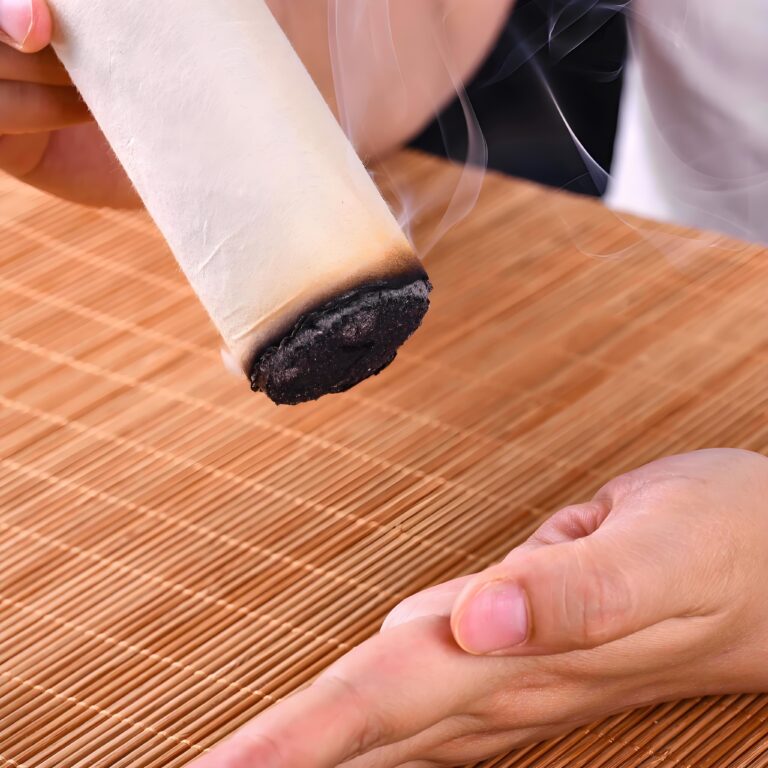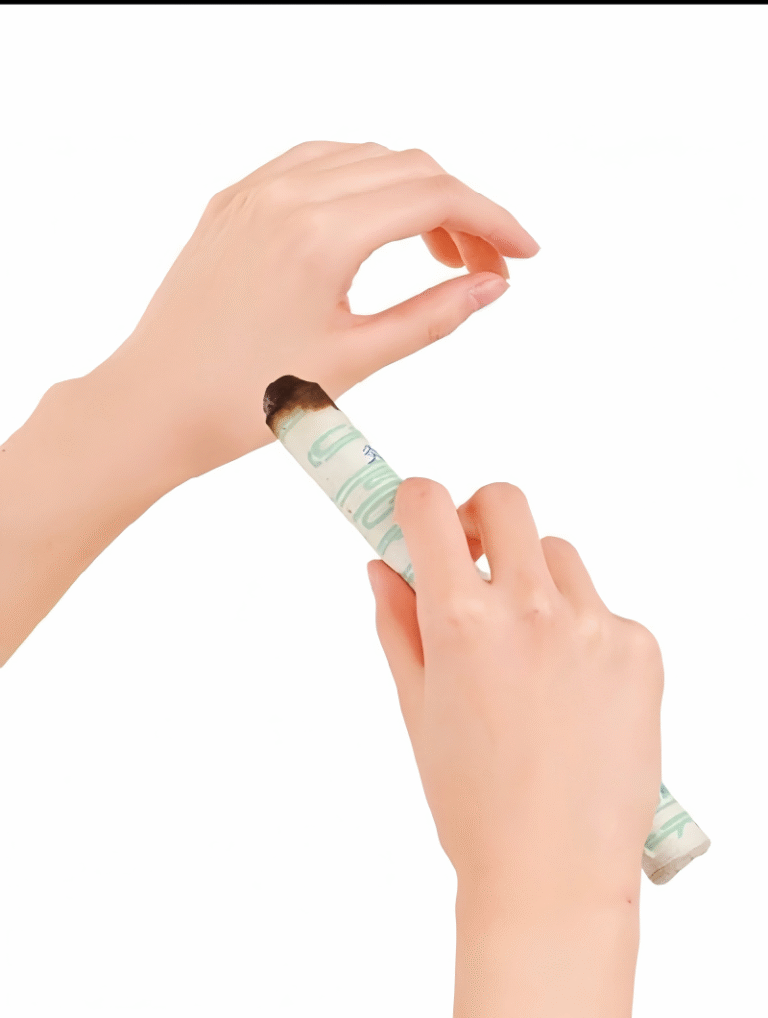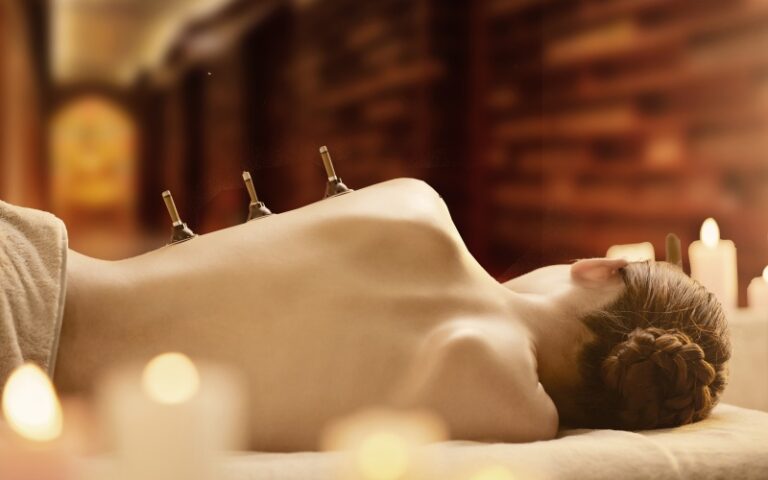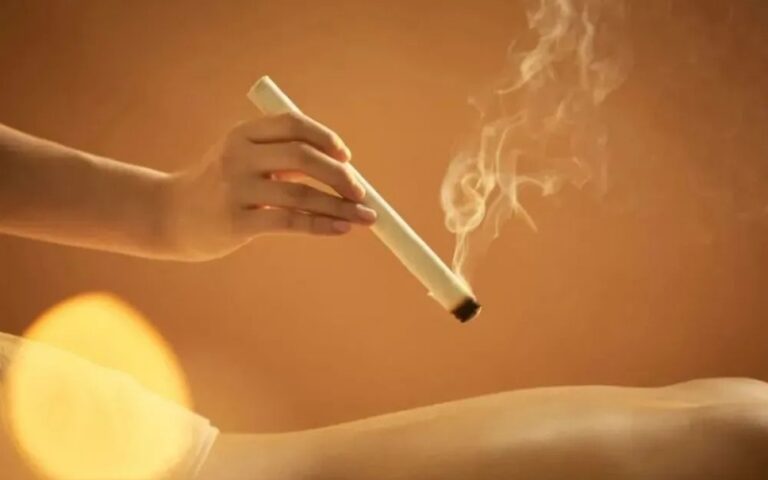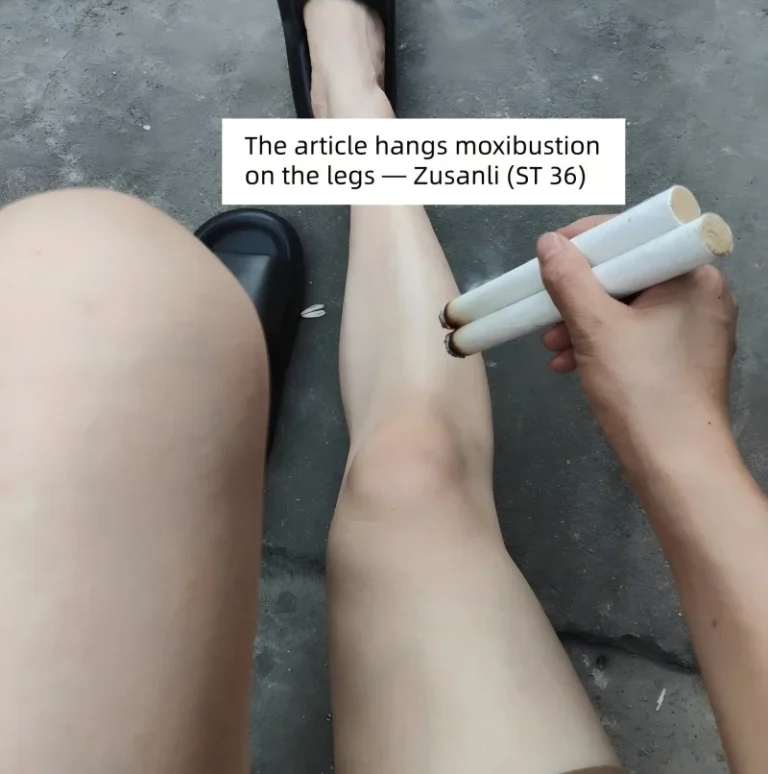Why is moxibustion effective for health?
How Does Moxibustion Work? A Time-Tested Therapy for Unblocking Meridians
What Is Moxibustion?
Moxibustion is an ancient Chinese medical therapy. Simply put, it involves holding burning moxa (processed mugwort) close to specific acupoints or areas of the body to use its warmth to prevent and treat diseases.
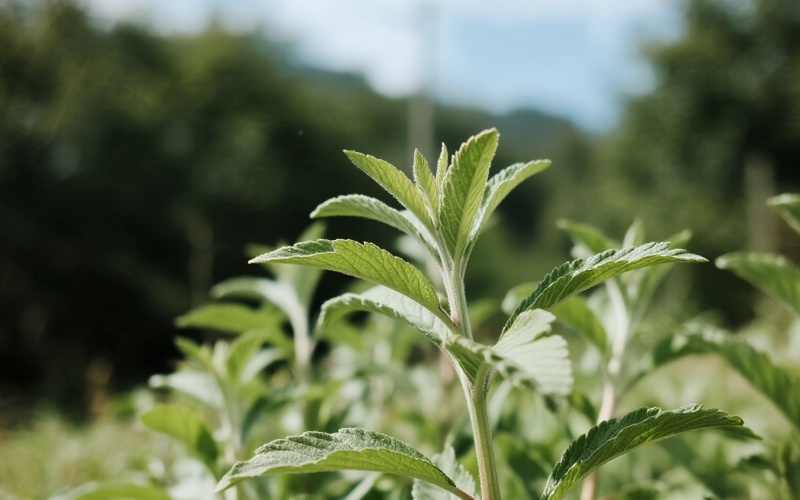
The Long History of Moxibustion
The origins of moxibustion date back very far. In ancient times, our ancestors discovered that the warmth of fire could alleviate bodily pain while warming themselves by the fire. They then experimented with using burning branches to warm painful areas, which can be considered the most primitive form of moxibustion.
Archaeological findings reveal that the oracle bone script from the Shang and Zhou dynasties already contained pictographic symbols depicting “a person lying on a sickbed with mugwort placed on the abdomen.” This indicates that people had already begun practicing methods similar to moxibustion at that time.
By the Spring and Autumn Period and the Warring States Period (approximately 770 BCE–221 BCE), moxibustion had become widely popular. The ancient text The Analects of Mencius mentions: “Those who now aspire to be kings are like those who have suffered from an illness for seven years yet seek to treat it with mugwort stored for only three years.” This statement indicates that moxibustion was an important method for treating chronic illnesses at the time, and people recognized that aged mugwort was more effective.
The classical Chinese medical text Huangdi Neijing explicitly states: “Conditions that cannot be treated with acupuncture are suitable for moxibustion.” It emphasizes the unique functions of moxibustion: warming the meridians, dispelling cold, supporting yang energy, and preventing bodily dysfunction, complementing acupuncture therapy.
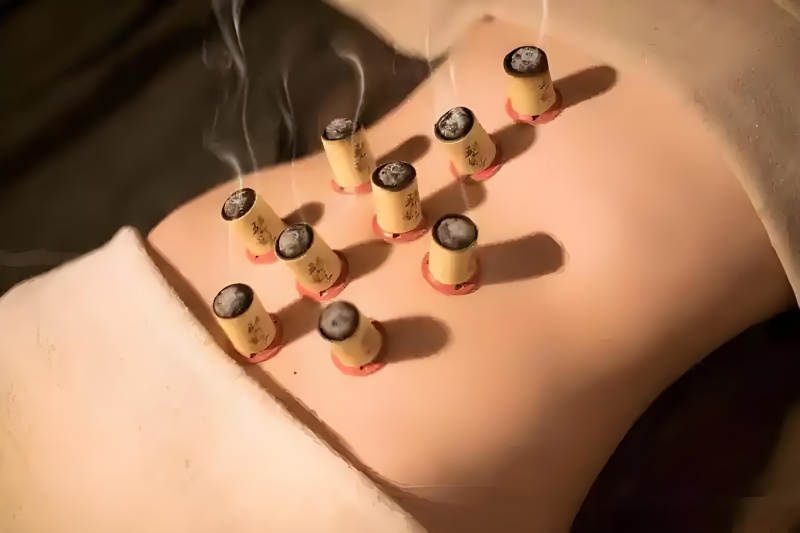
Why is moxibustion effective?
The core functions of moxibustion lie in its thermal stimulation and the medicinal properties of mugwort itself.
1.Thermal effect:
Burning mugwort produces gentle and sustained heat. This heat penetrates the skin and muscles, effectively:
● Warming the meridians and promoting the circulation of qi and blood.
● Dispelling cold and dampness from the body.
● Assisting in the recovery of weakened bodily functions.
2.Medicinal properties of mugwort:
In traditional Chinese medicine, mugwort is considered a plant of pure yang nature. When mugwort is burned, it releases unique medicinal components (such as eucalyptol and thujone in essential oils). These components:
● Can be absorbed by the body through the skin.
● Have antibacterial and antiviral effects.
● Help regulate the human immune system.
Why is mugwort primarily used?
Mugwort processed into mugwort绒 produces an ideal effect when burned:
● Gentle and sustained heat:
Unlike other materials that burn too quickly or become too hot.
●Unique medicinal effects:
Combining warmth with the inherent medicinal value of mugwort.
●Easy to process and use:
This makes mugwort the most commonly used and widely adopted material for moxibustion.
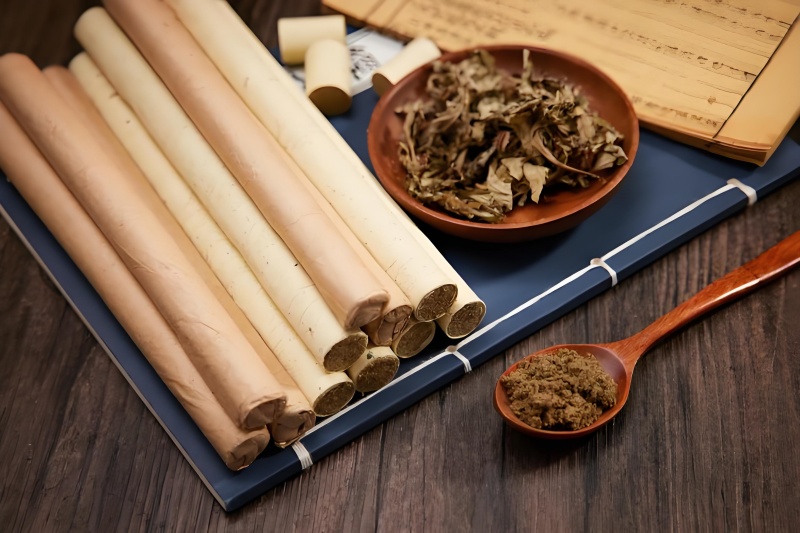
Types of moxibustion
While mugwort moxibustion (using moxa sticks or moxa cones) is the primary form, the broader term “moxibustion” also includes methods using other materials, such as:
●Candle moxibustion:
Using oil-soaked lamp wicks to quickly apply heat to acupoints.
●Zhuang medicine thread moxibustion:
Using specially made medicinal threads that are lit and then applied to or pressed against acupoints (a characteristic therapy of the Zhuang ethnic group in China).
In summary, moxibustion achieves its therapeutic effects through the dual actions of thermal stimulation and the medicinal properties of mugwort, warming the meridians, dispelling cold and dampness, and strengthening the body’s vital energy. This therapy has been passed down for thousands of years in China and remains an important component of traditional Chinese medicine’s external treatment methods to this day.
